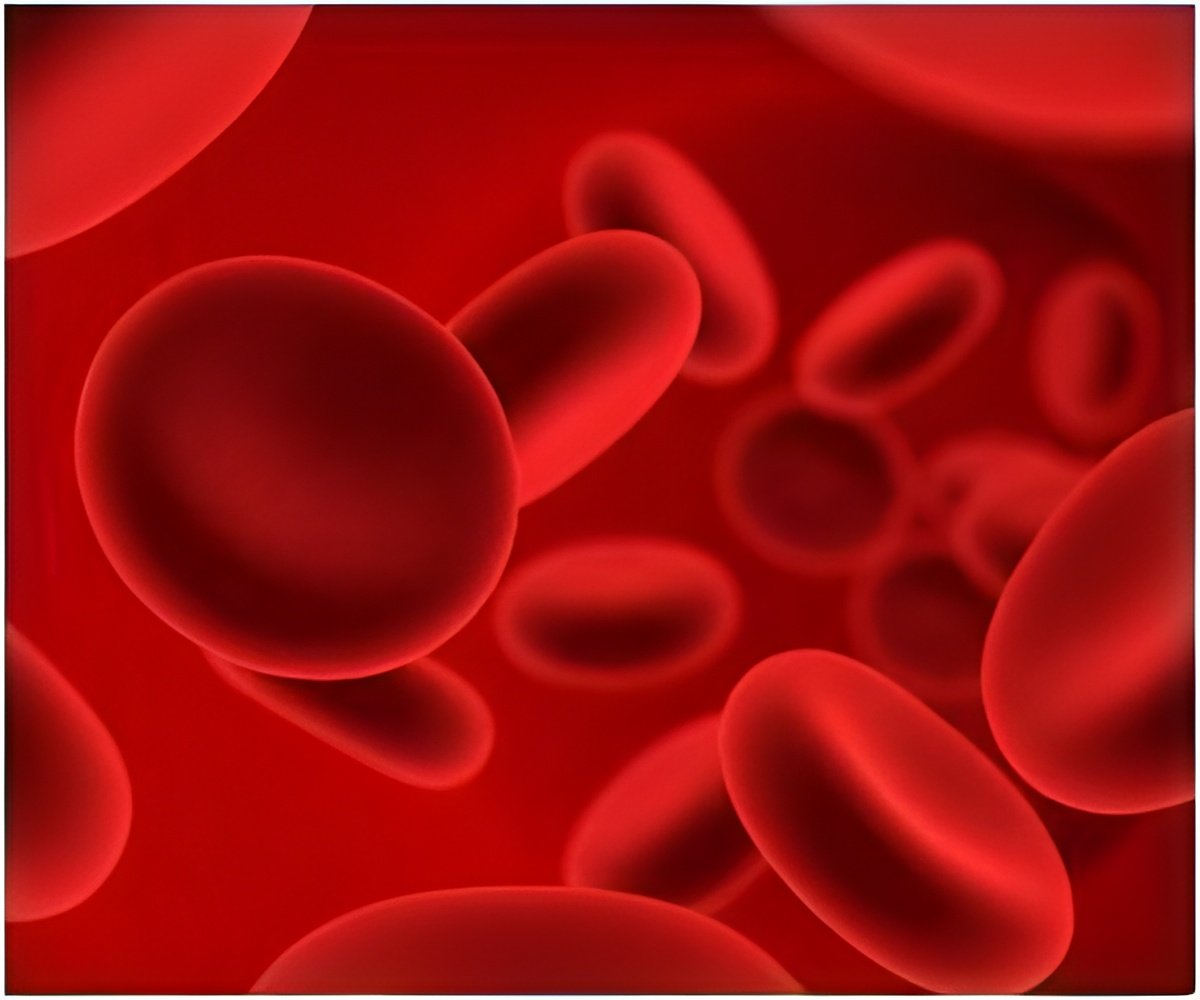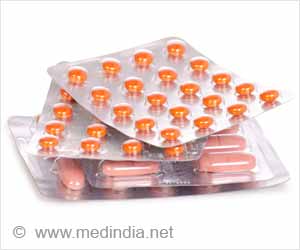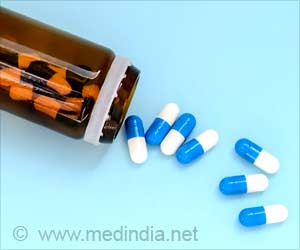US regulators on Friday issued new guidelines for safe production of blood thinner heparin.

After reports of allergic reactions to heparin began appearing in November 2007, the US Food and Drug Administration found that a substitute synthetic compound called oversulfated chondroitin sulfate (OSCS) had caused the toxic reactions.
Chinese officials rejected the FDA's conclusions, saying the chemical had nothing to do with the allergies and deaths, but the FDA began testing heparin imports for OSCS in 2008 to assure safety of the drug stocks.
The new guidelines are directed toward companies who use crude heparin to manufacture drugs and medical devices.
Manufacturers are urged to test the origin of crude heparin to make sure it comes from pigs, test for OSCS in each shipment before using it, and know who handles the crude heparin along each step of the process.
"Substitution of non-porcine sources of crude heparin raises concerns," said the FDA, particularly due to the risk of mad cow disease, or bovine spongiform encephalopathy, infiltrating products.
Advertisement
The guidelines are subject to a 60-day review and comment period and are not legally enforceable during this period.
Advertisement











